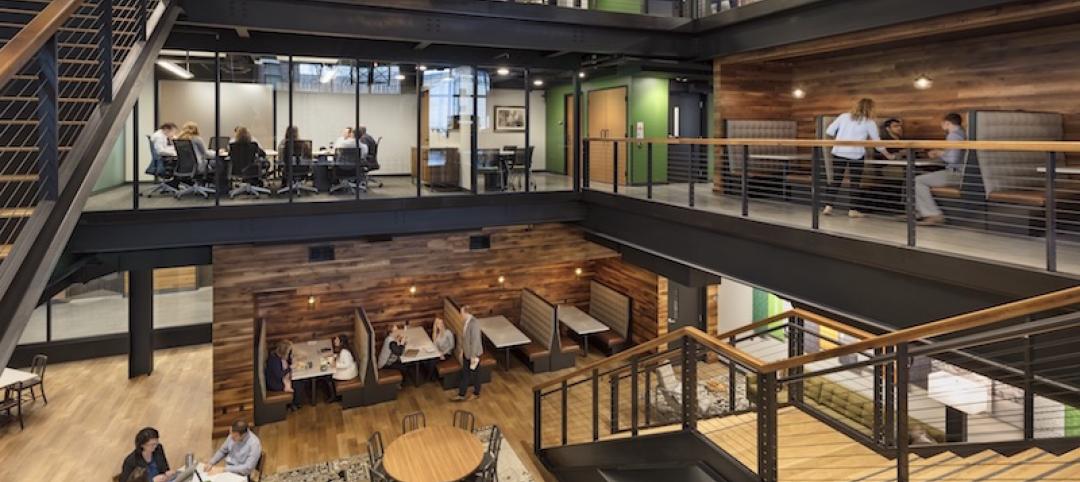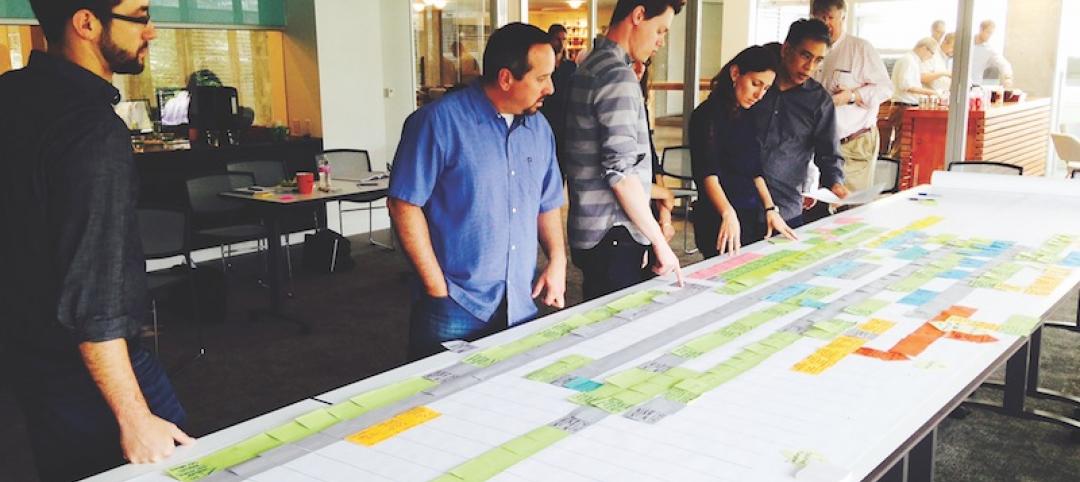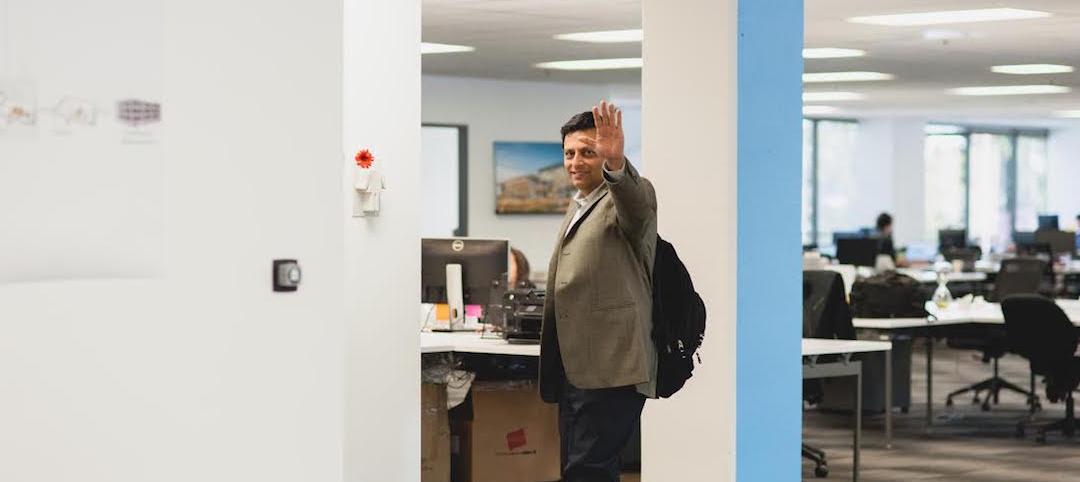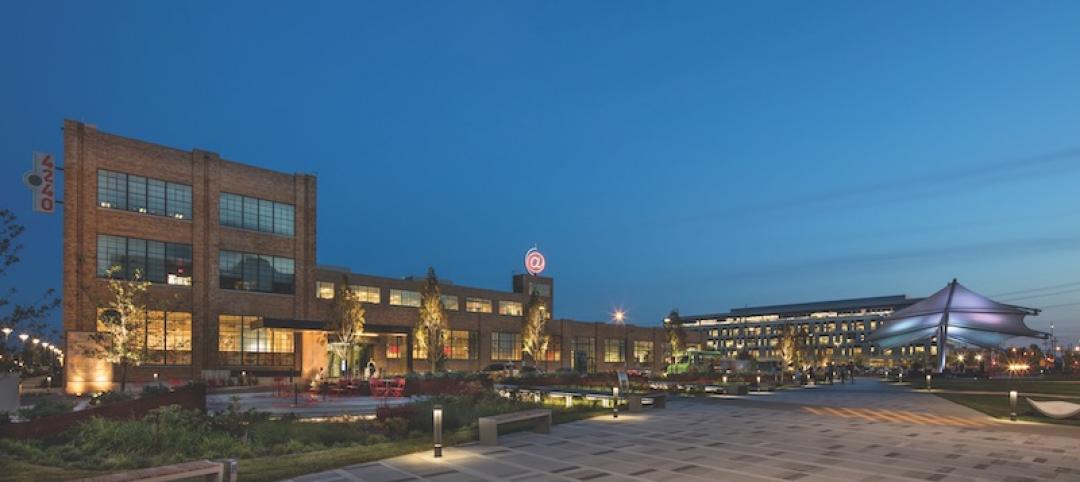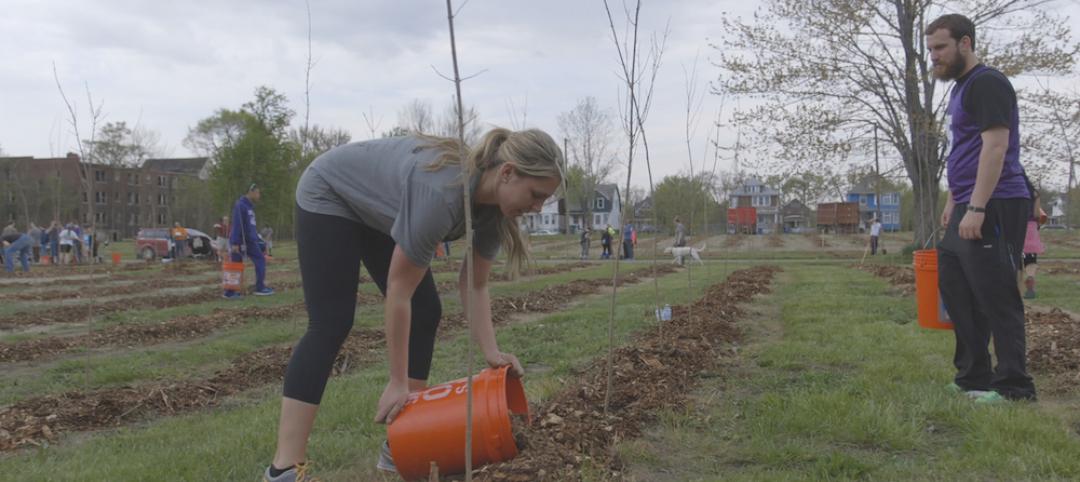Jerry Yudelson is on a mission. He wants to get architects, engineers, contractors, and property owners talking—really talking—about the future of green building. “There’s been no serious intellectual discussion about whether we’re going in the right direction,” says the licensed engineer and author of 13 books on green building. “We’re just tinkering with the system.”
The system in question is the LEED rating program and its less recognized cousins, Green Globes and the Living Building Challenge. Yudelson’s new book, Reinventing Green Building: Why Certification Systems Aren’t Working and What We Can Do About It (New Society Publishers), paints LEED as massively ineffective: not even one percent of nonresidential buildings (less than four percent by area) has earned LEED certification, despite the U.S. Green Building Council’s stated goal of 25% of buildings earning a LEED plaque. That, in Yudelson’s view, can hardly be deemed “market transformation.”
BD+C MOVERS AND SHAPERS
The People, Institutions, and Movements that are influencing design and construction in the U.S. and around the world.
Dan Gilbert – Detroit's Catalytic Converter
Judith Rodin – Crusader for Resiliency
Bruce Katz – Urban Evangelist
Millennials – The Disruptors
Alloy LLC – Vertical Integrator
Jerry Yudelson – Green Giant
The PANAMAX Effect – The New Panama Canal
Theaster Gates – Real Estate Artist
Yudelson’s eco-roots go back to 1970 and his time as a student organizer at Caltech for the first Earth Day. He has devoted much of the last two decades in the service of the USGBC. He chaired the Greenbuild steering committee for six years and is credited with training thousands of AEC professionals for the LEED accreditation exam. He was named to the first class of LEED Fellows. More recently, he was president of the rival Green Building Initiative; he resigned after 15 months over a “difference in direction” with the GBI board.
In Reinventing Green Building, Yudelson meticulously documents the failure of current green building rating systems to address what he calls the “Big Three” factors related to climate change: energy use/carbon emissions, water use, and waste recycling.
To be successful, he says, any future rating system must meet building owners’ needs for sustainable operations, not just what environmentalists want. It must deliver appreciable benefits in a cost-effective manner. Such a rating system would have to be user-friendly, deliver results quickly and fairly, and be scaled for rapid uptake—covering 25% of U.S. building area in 10 years.
FIVE WAYS TO ADDRESS GREEN RATINGS PROGRAMS
Yudelson offers five scenarios for future rating programs. The first would see LEEDv4 and other rating systems slogging along in a business-as-usual mode, barely generating any measurable gains (except possibly for LEED Multifamily).
5 GREEN BUILDING SCENARIOS
• Business as usual
• Reform the delivery model
• Internet 3.0 – Greater user experience
• Net-zero energy
• Continuous improvement
The second would create a mélange of LEED and BREEAM, the British rating model. Yudelson thinks a simplified, 100-point system with only five credits could work nicely for portfolios of existing buildings—convenience stores, restaurant chains, hotels, schools, etc.
The third scenario, “Internet 3.0,” would call for greater end-user contribution to the development of the rating model. This model would empower building occupants and visitors to use their smartphones to assess and report on how well individual buildings are tackling not only the Big Three factors but also key performance indicators—user comfort, air flow, lighting, etc. He advocates for AIA contract documents to include a requirement for post-occupancy evaluations, to gather better data on building performance and remediate any shortcomings.
Net-zero carbon, the fourth scenario, would put all its eggs into reducing buildings’ carbon impact. Yudelson sees the Association of College and University Presidents’ Climate Commitment as the kind of prime mover that could make this happen.
THE 3 S’S OF A SUCCESSFUL GREEN RATING SYSTEM
Smart – incorporating new technologies for building design and operations
Simple – easily implemented by building operations personnel
Sustainable – focus on reducing energy/carbon, water use, and waste
The last, and simplest, option would be to encourage large organizations like the U.S. military, retail shopping center developers, and the GSA to engage in continuous improvement on energy, water, and waste. President Obama’s 2015 executive order already requires federal agencies to meet such a mandate, but it needs a more effective implementation platform, according to Yudelson.
Yudelson hardly claims to have all the answers. He just wants to go beyond reliance on LEED and other building rating systems to attack climate change. “It’s time to remove the barriers to innovation,” says Yudelson.
He wants architects, engineers, and other building professionals to use their creative skills to find a new path to addressing energy use, water use, and waste reduction in the built environment. “It’s a tremendously exciting time to be involved in buildings, because we now know what to do,” says Yudelson. “It’s a question of applying what we know and being open to new ideas.”
Related Stories
Movers+Shapers | Apr 19, 2019
AEC angel investor
Jesse Devitte is among the prescient venture capitalists who’ve bet on the AEC industry finally coming around to design and construction technology.
Movers+Shapers | Apr 17, 2019
Sports teams get in the game: Mixed-use developments are using sports stadiums as their anchors
A massive mixed-use neighborhood under way in Los Angeles sets a new bar for sports-anchored development.
Movers+Shapers | Mar 19, 2018
Movers + Shapers: Tech takeover
From Chicago to Charlotte, the tech boom is transforming urban real estate markets and redefining workplace design.
Movers+Shapers | Mar 14, 2018
Movers + Shapers: Lean and Mean
For more than two decades, the Lean Construction Institute has been championing the efforts of a growing contingent of design and construction firms committed to the mantra of ‘continuous improvement.’
Movers+Shapers | Mar 13, 2018
Movers + Shapers: Automating building design
Aditazz asks why a building’s design can’t be automated the same way computer chips are made.
Movers+Shapers | Mar 13, 2018
Movers + Shapers: VR's next shift
A Stanford University startup is taking the VR industry by storm through virtual performance training and human behavioral study.
Movers+Shapers | Mar 12, 2018
Movers + Shapers: Monetizing R&D
Thornton Tomasetti’s CORE studio generates ideas that lead to product spinoffs.
Movers+Shapers | May 10, 2017
BD+C's 2017 Movers + Shapers
A $5.5 billion investment to creat America's coolest city, Studio Gang's moment in the sun, and a creator of 'knowledge communities' make up BD+C's 2017 Movers + Shapers.
Movers+Shapers | May 8, 2017
Movers + Shapers: Charm City's lucky charm
Under Armour’s Kevin Plank launches a $5.5 billion redevelopment to transform Baltimore into “the coolest city in America.”
Movers+Shapers | Jun 17, 2016
Hantz Woodlands brings thousands of trees to hard-pressed Detroit neighborhoods
One of the city's richest residents, John Hantz, is buying hundreds of acres of vacant property, tearing down dilapidated structures, and planting trees in the space.






